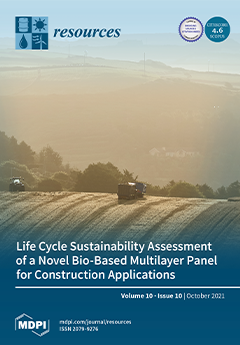In this study, the authors aimed at characterizing 11 Algerian kinds of honey taken from various geographical locations (beehives located at Djelfa (Medjbara and Dzaira), Laghouat, Aflou, Medea, Tiaret, Sidi bel-Abbes, Tiaret, Ain-Safra, Mostaganem, El Bayadh, and Ghardïa). The authors investigated the physicochemical
[...] Read more.
In this study, the authors aimed at characterizing 11 Algerian kinds of honey taken from various geographical locations (beehives located at Djelfa (Medjbara and Dzaira), Laghouat, Aflou, Medea, Tiaret, Sidi bel-Abbes, Tiaret, Ain-Safra, Mostaganem, El Bayadh, and Ghardïa). The authors investigated the physicochemical parameters of these honey samples, including density, water content, electrical conductivity, ash content, pH, hydroxymethylfurfural (
HMF) content, free acidity, and color. The physicochemical parameters obtained were found to be within acceptable ranges according to the international standards (Codex Alimentarius) for 9 out of 11 analyzed samples: density 1.38–1.50 g/cm
3 (the same as kg/L, as commonly used for honey), water content 14.03–18.80%, electrical conductivity 0.38 × 10
−1 − 6.41 × 10
−1 mS/cm, ash content 0.06–0.48%, pH 3.50–4.50, free acidity 11–47 meq/kg, and color 1.1–9.2 Pfund index. Analysis of
HMF content showed that only two honey samples have high values (117.7 and 90.0 meq/kg). Most samples of Algerian honey are of suitable quality according to international standards.
Full article





